Copper
GROWTH
Focus on copper growth to transition our portfolio to metals
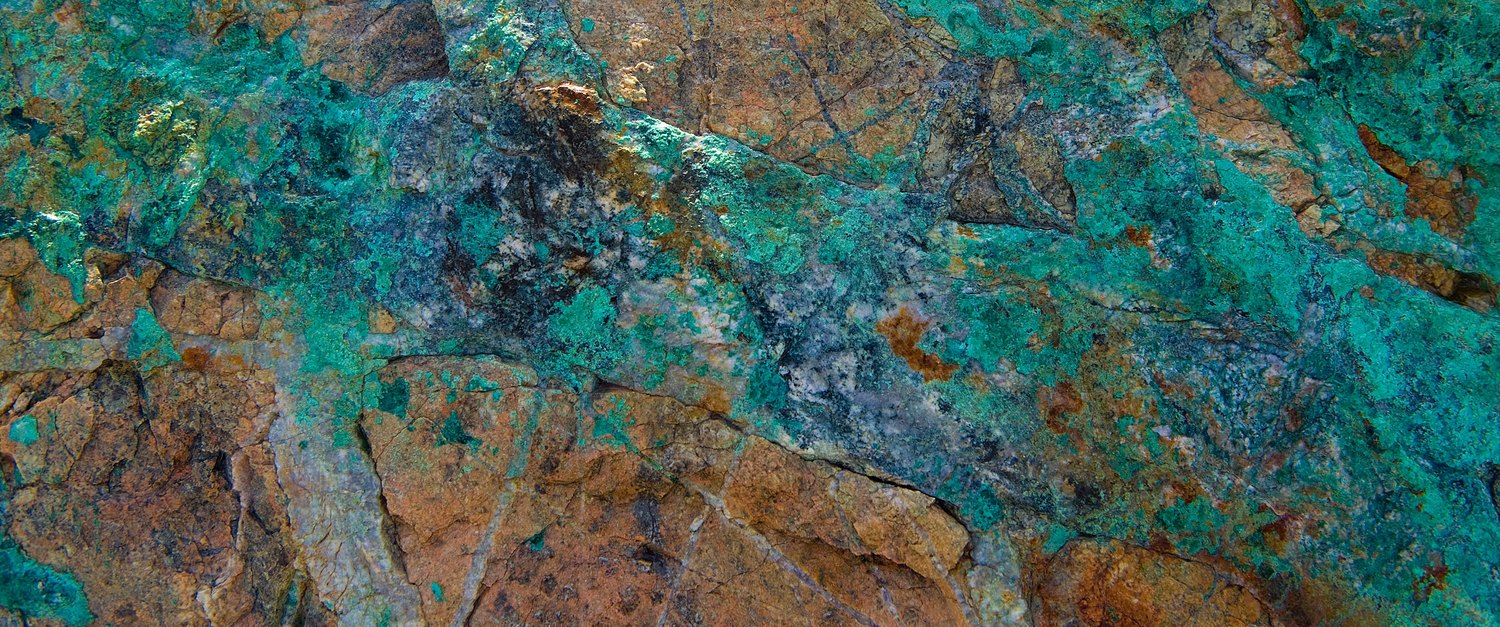
We are focused on addressing climate change through two key areas: producing the metals and minerals essential for a low-carbon future, while also reducing the carbon footprint of our operations and value chain.
Teck’s copper growth strategy, coupled with our industry leading ESG performance, positions us well for changes in demand for mining commodities driven by the transition to a low-carbon world.
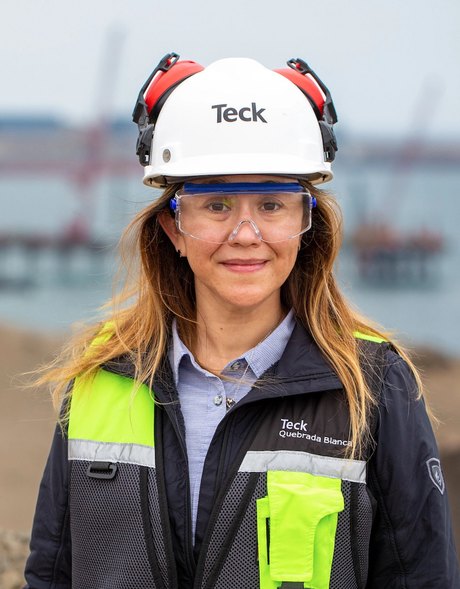
Copper
GROWTH
Copper
GROWTH
Focus on copper growth to transition our portfolio to metals
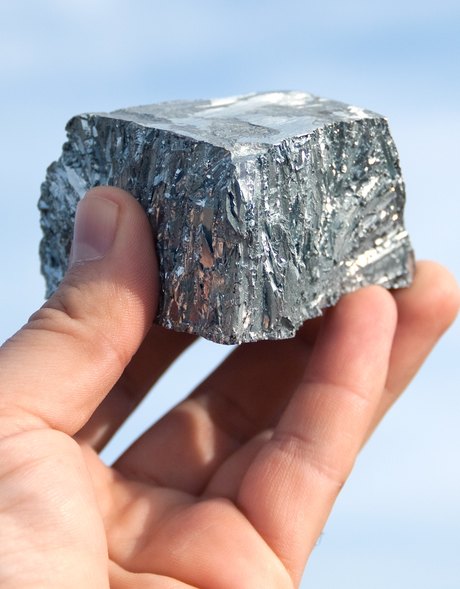
Growing
OUR METALS BUSINESS
Growing
OUR METALS BUSINESS
Prudently growing our metals business in areas essential to the transition to a low-carbon world
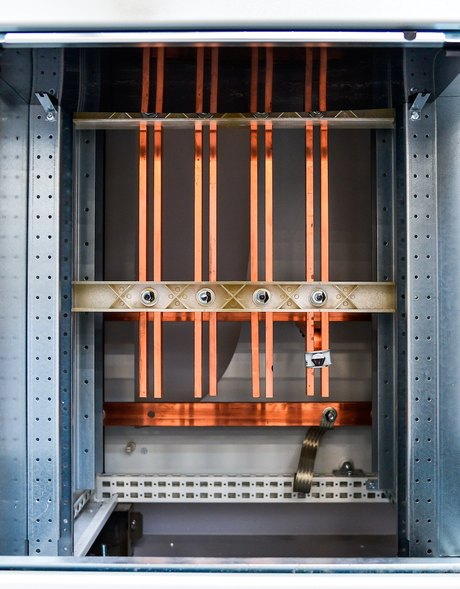
Leading
METALS PRODUCER
Leading
METALS PRODUCER
Leading metals producer supplying essential metals for a low-carbon world
Teck is one of the world’s lowest-carbon intensity miners for copper, zinc and steelmaking coal. Carbon pricing is already built into the majority of our business, and our ongoing carbon-reduction efforts include renewable energy use, supply change efficiency, and decarbonizing mining fleets.
As shown below, the carbon intensity of Teck’s products is among the lowest in our respective industries.
Copper is critical for the low-carbon transition as it is essential for green energy systems and technologies and Teck is in an excellent position to help meet growing copper demand. Our consolidated copper production will double by 2023 with the completion of our QB2 project in Chile, and we have a portfolio of projects that have the potential to increase copper production.
Power Grids
EV Batteries
An average gasoline-powered car uses about 20kg of copper, mainly as wiring, while a fully electric car has roughly 80kg of copper.
An average gasoline-powered car uses about 20kg of copper, mainly as wiring, while a fully electric car has roughly 80kg of copper.
Wind
Copper demand from wind power installations could more than double by 2030.
Copper demand from wind power installations could more than double by 2030.
Solar
Copper’s superior electrical and thermal conductivities are vital in the collection, storage and distribution of solar energy.
Copper’s superior electrical and thermal conductivities are vital in the collection, storage and distribution of solar energy.
EV Charging
Demand for copper for EV charging is expected to rise more than 1000% by 2030, compared to 2020.
Demand for copper for EV charging is expected to rise more than 1000% by 2030, compared to 2020.
Due to its ability to extend the life of products made of steel and its growing role in energy storage and production, zinc is an essential material for the low-carbon future.
Teck is one of the world’s largest producers of mined zinc. We benefit by the integrated nature of our zinc business, with low-carbon zinc mined at our Red Dog Operations that is smelted and refined at our Trail Operations—a world-class facility when it comes to low-GHG performance.
Wind
A 10MWh offshore wind turbine requires 4 tonnes of zinc.
A 10MWh offshore wind turbine requires 4 tonnes of zinc.
Solar
A 100MWh solar panel park requires 240 tonnes of zinc.
A 100MWh solar panel park requires 240 tonnes of zinc.
Electric Vehicles
Galvanized steel requires zinc and is the preferred material used by EV manufacturers. The average EV requires 0.2 tonnes of steel.
Galvanized steel requires zinc and is the preferred material used by EV manufacturers. The average EV requires 0.2 tonnes of steel.
Due to its ability to extend the life of products made of steel and its growing role in energy storage and production, zinc is an essential material for the low-carbon future.
Teck is one of the world’s largest producers of mined zinc. We benefit by the integrated nature of our zinc business, with zinc mined at our Red Dog Operations that is smelted and refined at our Trail Operations—a world-class facility when it comes to low-GHG performance. Each tonne of Special High Grade (SHG) zinc produced at Trail Operations produces 0.94 tonnes of CO2e, or carbon dioxide equivalent, below the estimated global average of 3-4 tonnes of CO2e per tonne of zinc production. Details on the carbon footprint of Teck’s SHG zinc and Continuous Galvanizing
Grade Zinc can be found in this report that was independently assured by PricewaterhouseCoopers LLP.
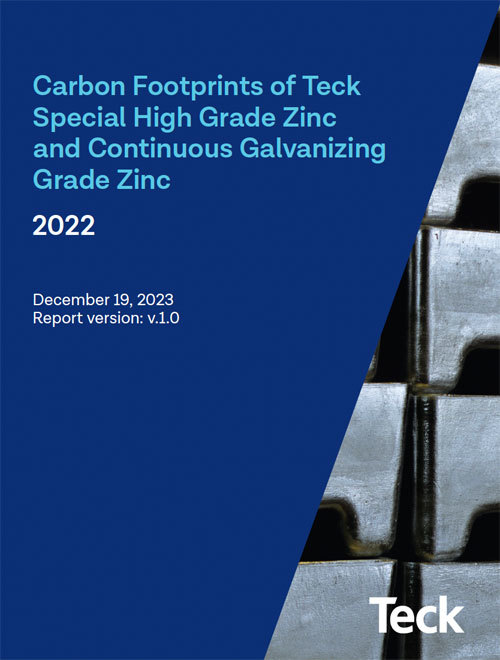
Steelmaking coal is a vital ingredient in the production of steel, which is essential for low-carbon infrastructure such as rapid transit, transmission systems and wind turbines.
Our strategy is to deliver low-carbon intensive steelmaking coal to global markets. As steel producers look to reduce the GHG emissions intensity of their production and potentially begin to face rising carbon prices, Teck’s steelmaking coal will be a preferred product.
Solar
Each megawatt of solar power requires up to 45,000 kg of steel, which requires 31,500 kg of steelmaking coal.
Each megawatt of solar power requires up to 45,000 kg of steel, which requires 31,500 kg of steelmaking coal.
Wind
The average wind turbine requires up to 260,000 kg of steel, which requires 170,000 kg of steelmaking coal.
The average wind turbine requires up to 260,000 kg of steel, which requires 170,000 kg of steelmaking coal.
Rapid Transit
1 km of light rail track for rapid transit requires up to 112,000 kg of steel, which requires 78,400 kg of steelmaking coal.
1 km of light rail track for rapid transit requires up to 112,000 kg of steel, which requires 78,400 kg of steelmaking coal.
Teck Resources Limited
Suite 3300, Bentall 5
550 Burrard Street
Vancouver, B.C.
Canada V6C 0B3
t: 604.699.4000
f: 604.699.4750